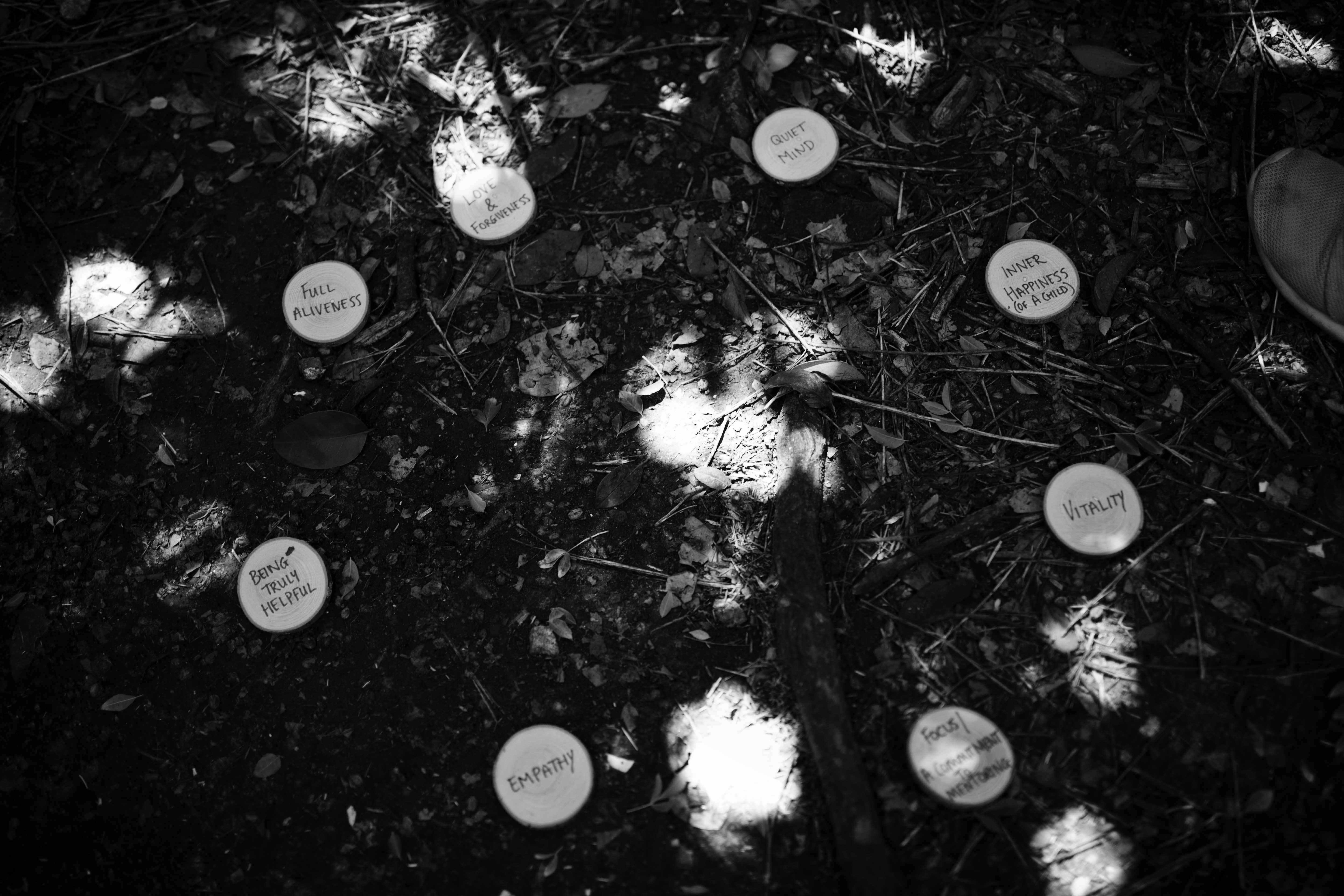
«Sustainable Development is development that meets the needs of the present
without compromising the ability of future generations to meet their own need.»
(The Brundtland Commission´s report «Our Common Future» from 1987)
More than half a decade ago, at the beginning of the 1950s, the tool Corporate Social Responsibility (CSR) had its marks. Howard R. Bowen, the so-called father of CSR and author of the book «Social Responsibilities of the Businessman», argued CSR has limits, it is no panacea. – But, she said, it contains of an important truth business most follow as a guide in the future. CSR is a set of business ethics not decided by any law, it can be followed on a voluntary bases, and in many respects, CSR is a product of first industrialization and later globalization (just look at the emblem of the Industrial Revolution – the burning of coal – the root of our now environmental crisis).
Though the Berkeley professor and author of «Marked for Virtue», David Vogel, concludes that CSR is «best understood as a business strategy for companies with highly visible brands whose reputations have been threatened by activists», the strategies can lead to a better business behavior.
 Nature connection
Nature connection
The CSR courses offered in Buenos Aires give an introduction to this «movement aimed at encouraging companies to be more aware of the impact of their business on the rest of society, including their own stakeholders and the environment», like Financial Times defines CSR. Last week, the British sustainable fashion teacher and workers’ rights campaigner Liz Parker came all the way from the UK, where she teaches at London College of Fashion, to give various Corporate Social Responsibility (CSR) classes.
– There is a growing body of evidence to suggest that nature connection is a predictor of the individual´s pro-environmental behavior, she argued. That is to say, if you have a connection to nature, you are more likely to care and act for the better for our climate-change suffering planet. In CSR the word «environment» is often referred to in an abstract way, without life, something business use as a resource, are emptying and damaging. That is why Parker wanted the students to interact with the environment, taking them outside the hyper-humanised space of the classroom. They went to the biggest and most biodiverse green space in town, the Natural Reserve of Buenos Aires.
Are humans part of nature or apart from nature? She asked the students. And how does the answer affect how business care about their social and environmental impact? The idea that nature is something separate from humans certainly makes it hard to address climate change. Understanding the relationship is crucial to understand the impact consumption and waste have on earth. During the week Parker taught the students about Fair Trade, Workers’ Rights in Global Supply Chains, Responsible Consumption, Circular Economy and Collaborative Consumption. Earlier she has been working with the Clean Clothes Campaign (the garment industry’ s largest alliance of labour unions and NGO’ s dedicated to improve working conditions and empower workers) and Labour Behind the Label. In the park, she stressed that there are also plenty of proof showing health benefits of spending time in nature, which is CSR relevant in terms of the well-being of employees.
Cheap fashion to the masses
CSR can have an active role and potential to be the solution of broad social problems, such as discrimination, pollution, transportation, or urban decay – all factors important for a sustainable development. But it also has its limits. ‘Despite widespread rhetoric, impact is still patchy; in practice, many companies’ implementation [of CSR strategies] is shallow and fragmented.’ the World Bank have noted. The textile industry is no exception, and since the 90s, they have made fashion available to the masses in by being very cheap. Production is often set to Bangladesh after China’ s shift from low-end to high-end manufacturing and climbing labour cost. Bangladesh’ s largest export industry is the garment industry with workers in sweatshop conditions having some of the lowest salaries in the world, less than one-fifth of what some say is the living wage in the country . Though one of the most important drivers of CSR is pressure from consumers, workers, and investors, the merciless demand for super-cheap clothes in the Western world contributes to keeping wages of workers in Bangladesh low. If the masses are not willing to pay “the required premium for corporate citizenship quality”, the companies would be less unlikely to pay the extra cost – not all investors see CSR as an investment that will produce a return.
You probably remember the Rana Plaza disaster in 2013, where 1130 people died and 2500 were injured when the eight-stores building collapsed. The workers produced clothes for Benetton, Walmart and other Western brands. This, among numerous other examples, highlights the worlds need for CSR – which never has been greater. The socially and environmental problems has yet to be solved.
-Hilda-





